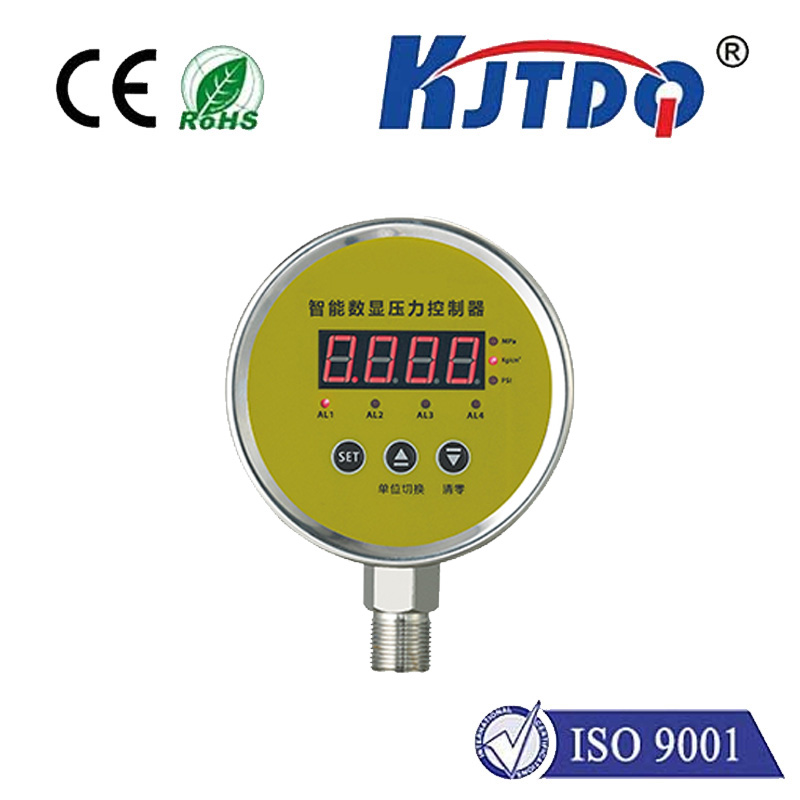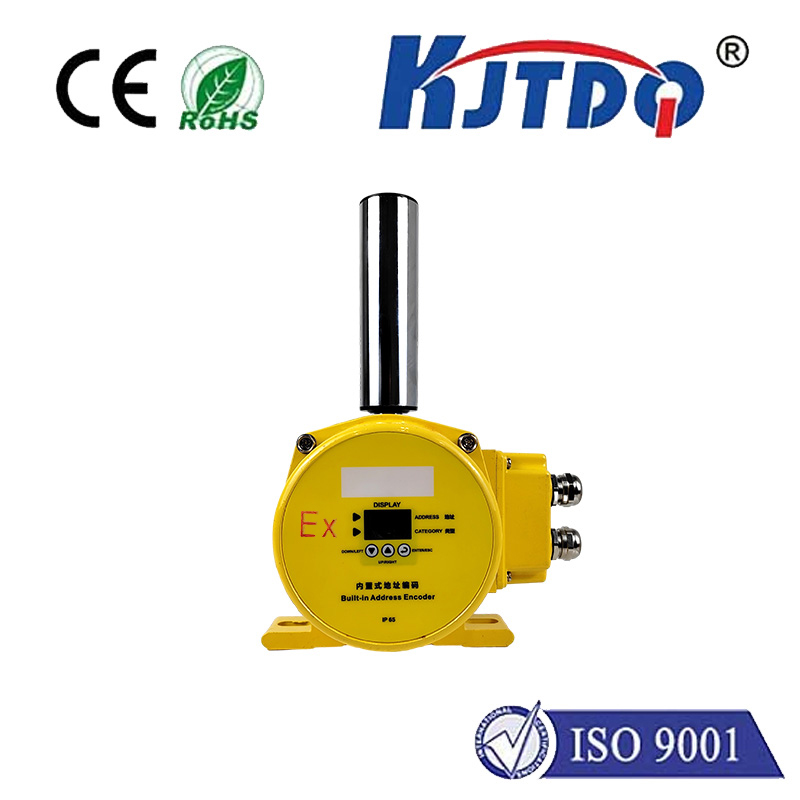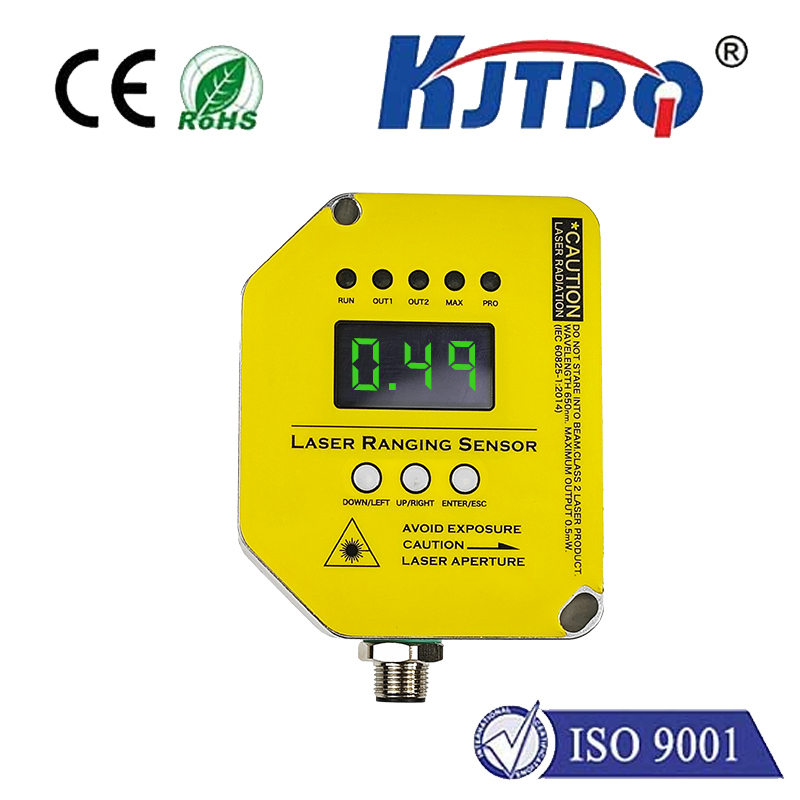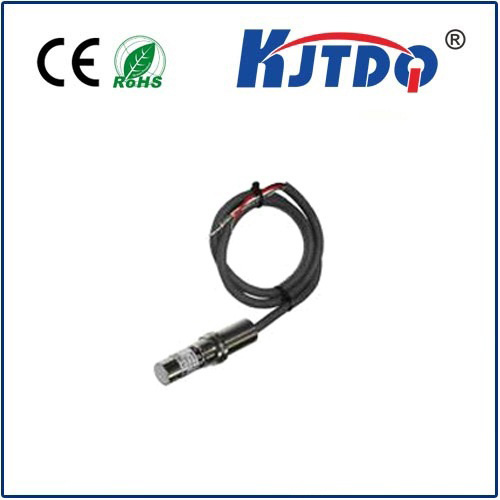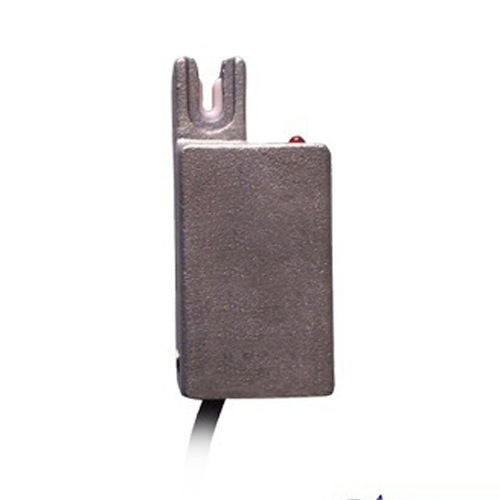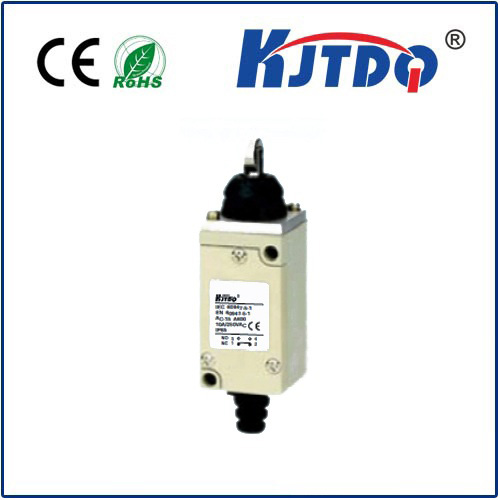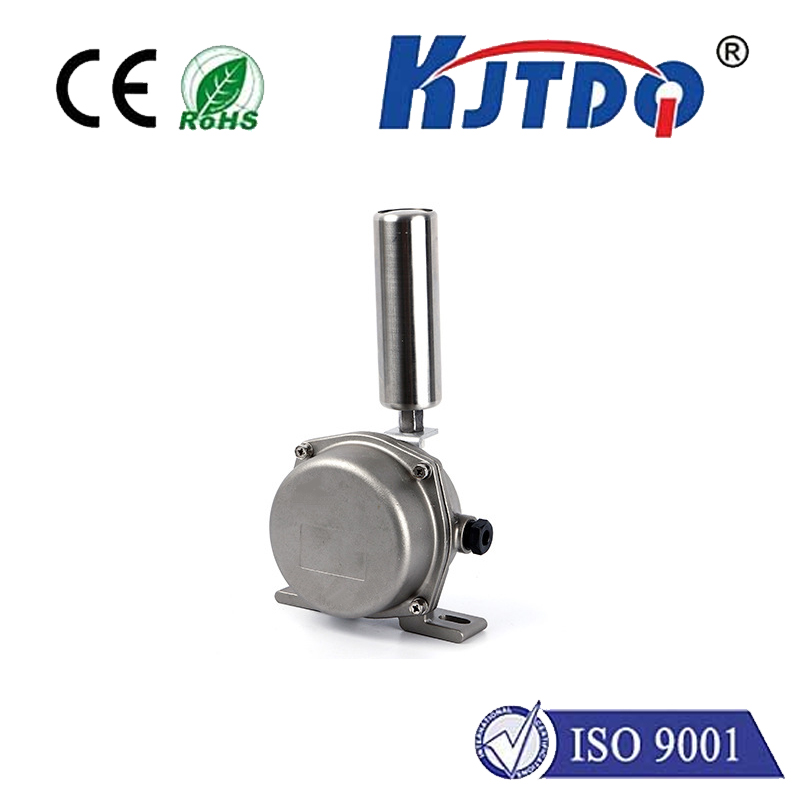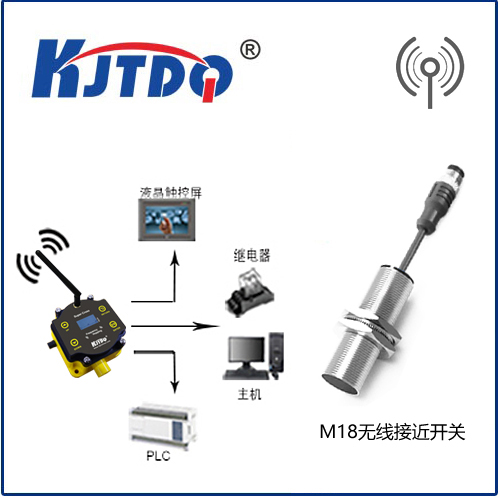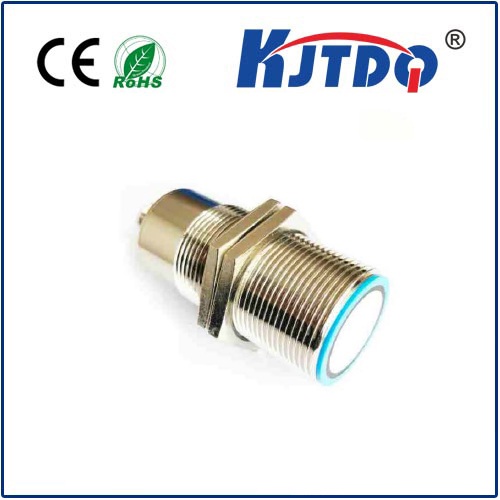

check

check

check

check

check

check

check

check

check

check
Introduction:
Macam macam sensor proximity technology has emerged as a game-changer in various industries, revolutionizing the way businesses operate. This advanced technology utilizes sensors to detect and measure the proximity of objects or people, providing accurate and reliable data for decision-making processes. In this article, we will delve into the intricacies of macam macam sensor proximity technology, exploring its applications, benefits, and future prospects.
Section 1: The Basics of Sensor Proximity Technology
Macam macam sensor proximity technology employs infrared (IR) or ultrasound sensors to detect and measure the distance between two objects based on the reflections or vibrations they emit. These sensors work by emitting a pulse of electromagnetic radiation, which is then received by the object being measured. The time it takes for the signal to travel back and reflect off the object determines the distance between them.
Section 2: Applications of Sensor Proximity Technology
The versatility of macam macam sensor proximity technology makes it highly applicable in various fields, including:
1. Automation and Robotics: Sensor proximity technology enables robots to navigate and interact with their environment accurately, making them suitable for tasks like assembly line production, inventory management, and packaging.
2. Healthcare: In healthcare, macam macam sensor proximity technology is used for non-invasive diagnostic measures, such as measuring blood glucose levels in patients with diabetes, tracking the movement of patients with mobility impairments, and monitoring vital signs.
3. Security and Surveillance: Macam macam sensor proximity technology is employed in security systems to detect suspicious activities, track visitors' movements, and trigger alerts when necessary. It is also useful for surveillance purposes, such as monitoring traffic flow and identifying potential accidents.
4. Education: In education, macam macam sensor proximity technology is utilized for interactive learning environments that allow students to explore different concepts through hands-on experiences. For instance, virtual reality simulations can be designed to recreate real-life scenarios for students to learn from.
5. Industrial Manufacturing: In industrial manufacturing, sensor proximity technology is essential for quality control, process monitoring, and predictive maintenance. By analyzing sensor data in real-time, manufacturers can identify potential issues before they cause equipment failure, reducing downtime and improving overall efficiency.
Section 3: Advantages of Sensor Proximity Technology
The adoption of macam macam sensor proximity technology offers several advantages over traditional methods of sensing distances, including:
1. Accurate and reliable measurements: Macam macam sensor proximity technology provides highly accurate and reliable measurements due to its non-invasive nature and ability to detect even small variations in the emitted signals.
2. Real-time feedback: The instantaneity of sensor data allows for rapid response times, enabling prompt decision-making and intervention in critical situations.
3. Reduced costs: While initially costly to implement, the long-term savings associated with reduced maintenance, energy consumption, and human error make macam macam sensor proximity technology a cost-effective solution.
4. Increased productivity: By automating tasks that were previously performed manually or relying on manual calculations, macam macam sensor proximity technology increases productivity and reduces the workload on employees.
Conclusion:
In conclusion, macam macam sensor proximity technology has transformed various industries by providing accurate and reliable measurements, enabling real-time feedback, reducing costs, and increasing productivity. As research continues to advance this technology, we can expect further improvements and applications in areas like autonomous vehicles, environmental monitoring, and sports analytics.
